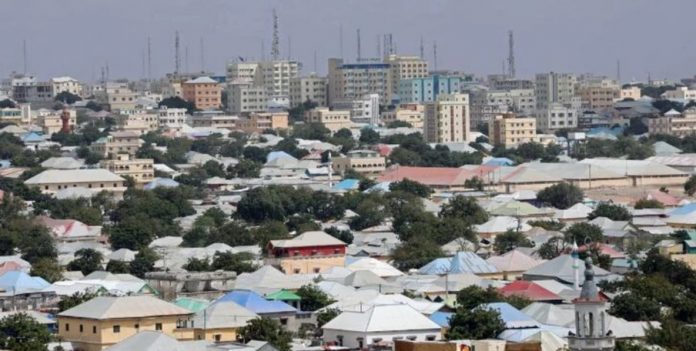By the end of this year, Somalia will be qualified for complete debt relief from the International Monetary Fund (IMF) and other multilateral lenders as reforms to improve revenue collection and fiscal transparency start to show results, according to the lender.
When Somalia reached the threshold for IMF debt relief under the Heavily Indebted Poor Countries (HIPC) Initiative in March 2020, its debt stock dropped from the $5.2 billion it had accumulated by December 2018 to $3.7 billion.
The total debt relief will lower Somalia’s debt to $557 million, or about 10% of its GDP, allowing it to deal with various shocks that could hinder its economic growth and development.
Although it is already in debt distress, this east African nation cannot yet access complete debt relief from the IMF until it shows commitment to structural reforms that will ensure “public resources are used effectively and to the benefit of all the Somali people and efforts to promote stronger economic growth that will lead to more jobs”.
The lender also stipulates that countries must have a solid track record under an IMF program and implement its poverty reduction strategy for at least a year as prerequisites in order to reach the completion point for full debt relief under the HIPC initiative.
Following a meeting last week with Somali officials, including the finance and planning ministers and the governor of the Central Bank of Somalia (CBS), the IMF stated that the nation is making progress toward the HIPC completion point requirements despite some difficulties.
“The authorities are committed to continue to improve revenue collection and make room for priority spending while containing discretionary expenditure pressures,” said Laura Jaramillo, who led the IMF team.
“On domestic revenue mobilisation, key reforms are ongoing on customs modernisation, a new income tax law and increasing revenue collection from large businesses including the telecom sector.” she added.
A number of laws that are a part of the structural reforms the lender had earlier demanded and that will increase the country’s tax base and strengthen oversight of public spending and procurement have also been approved by the Somali legislature.
Somalia received a $100 billion grant from the World Bank in July of last year to assist with reforms necessary to meet the HIPC initiative’s completion point for debt relief as well as address the immediate drought situation.
The IMF, the World Bank, the African Development Bank, the Inter-American Bank, and the 22 members of the Paris Club, along with Somalia’s other lenders who will volunteer to do so, will all relieve Somalia of debt upon the HIPC initiative’s completion.
It will join the Democratic Republic of the Congo, Burundi, Rwanda, Tanzania, Uganda, Ethiopia, and other nations that are currently among the 31 least developed nations to receive aid.
By
Business Insider





























